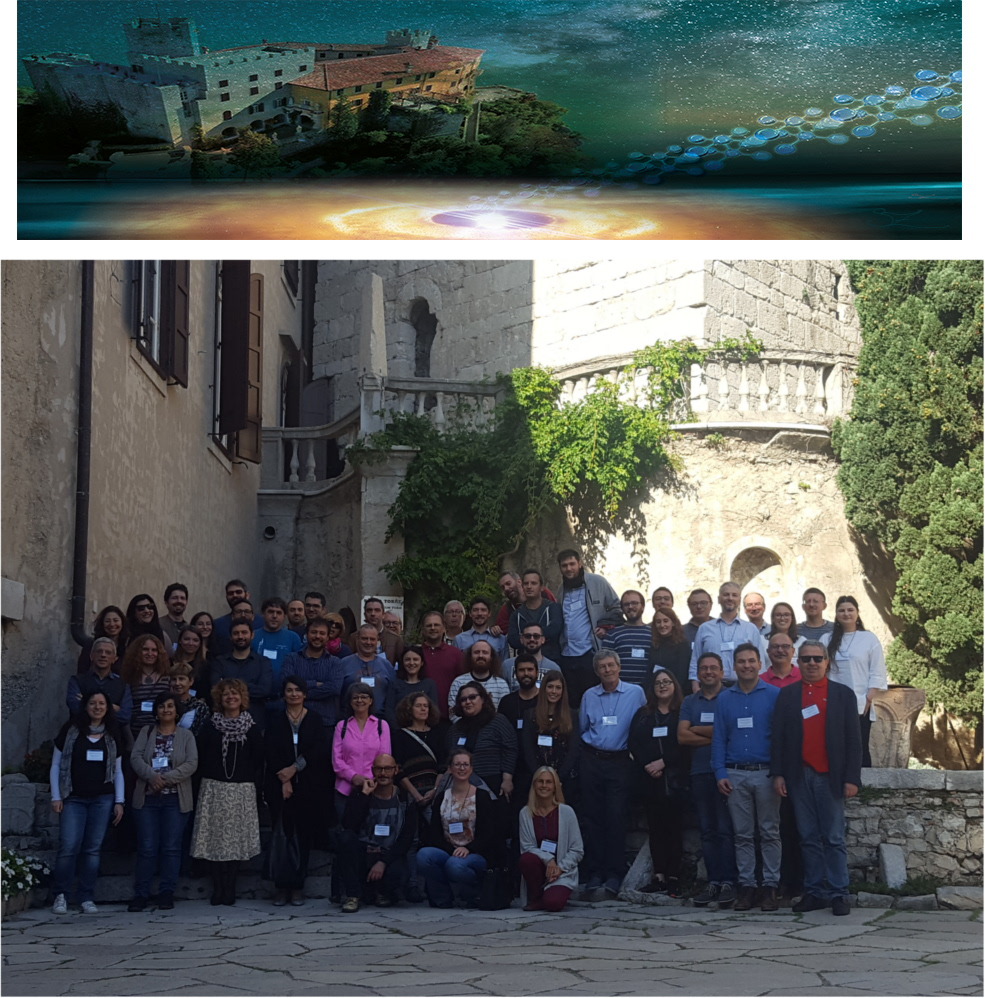Speaker
Description
The role of the pre-solar chemistry in the chemical composition of the Solar System bodies is far to be understood. Which is the importance of presolar heritage? The molecular complexity builds up at each step of the process leading to star formation, starting from simple molecules and ending up in interstellar Complex Organic Molecules (iCOMs). How these molecules are formed in the harsh conditions of the interstellar medium is still far to be fully understood. The two current theories predict formation by reactions in the gas phase or on the interstellar dust grains. To attack these questions, it is of paramount importance to combine high-sensitivity unbiased spectral survey to collect large numbers of lines for each iCOM (for reliable identifications and to analyse excitation conditions) as well as to image their spatial distribution to investigate their association with different ingredients of the Sun-like star formation recipe (e.g. warm envelopes and cavities opened from hot jets, accretion disks, disk winds).
In this context, protostellar shocks can be considered perfect astrochemical laboratories due to sputtering and shuttering leading to the erosion of the grain cores and ices, and consequently to the chemical enrichment of the gas phase. Basically, we have to deal with two kind of shocks: (i) high-velocity shocks produced by protostellar jets, and (ii) slow accretion shocks located close to the centrifugal barrier of the accretion protostellar disks. Both shocks are factories of iCOMs, which can be then efficiently used to follow both the kinematics and the chemistry of the inner (less than 50 au) protostellar systems. Thanks to the combination of the high-sensitivities and high-angular resolutions provided by the advent of new telescopes such as ALMA and NOEMA, it is now possible to image in details the earliest stages of the Sun-like star formation, inspecting the region place where planets, asteroids, and comets will form. With this in mind, we will discuss recent results obtained in the framework of several Large Programs at mm and sub-mm wavelengths, such as IRAM-ASAI, IRAM-SOLIS, and the first ALMA LP on astrochemistry is Sun-like star gorming regions, FAUST.

